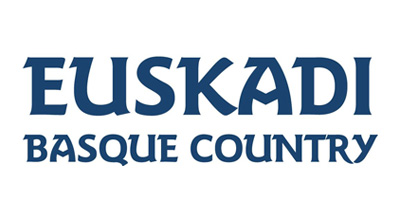Arrazola Greenway
History of the Railway
The Apatamonasterio–Arrazola mining railway is surely one of the lines with the most resonant name in the entire Spanish railway landscape. Built almost at the turn of the 20th century, it was in 1903 that the tracks of the Bilbao–Durango Railway Company were extended from Durango to reach Apatamonasterio via a new branch line. Its main purpose was to transport iron ore from the Arrazola mines to the powerful steel industry on the banks of the Bilbao estuary.
The line reached the mines just five months later, in February 1904, and a year later another branch was built from Apatamonasterio to the town of Elorrio, creating a three-pronged network in the heart of the Duranguesado. Originally steam-powered, the railway was later electrified, but the Elorrio branch soon took precedence over the more modest mining spur. The mines fell into crisis in the mid-1930s, heralding the decline of the railway, which steadily lost traffic.
The last regular freight train ran in late 1935, and the final passenger service in 1936. The tracks were not dismantled, however, and remained in occasional use, whether for sporadic mining reopenings or to transport timber from the surrounding forests. Like many other industrial railways, its history gradually faded away, and its definitive closure came in 1959. The Elorrio branch survived much longer, until 1975.



